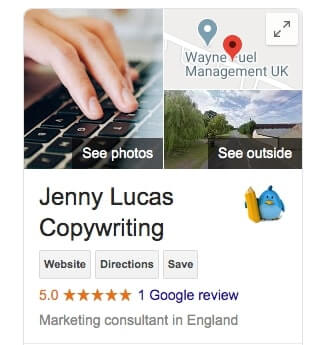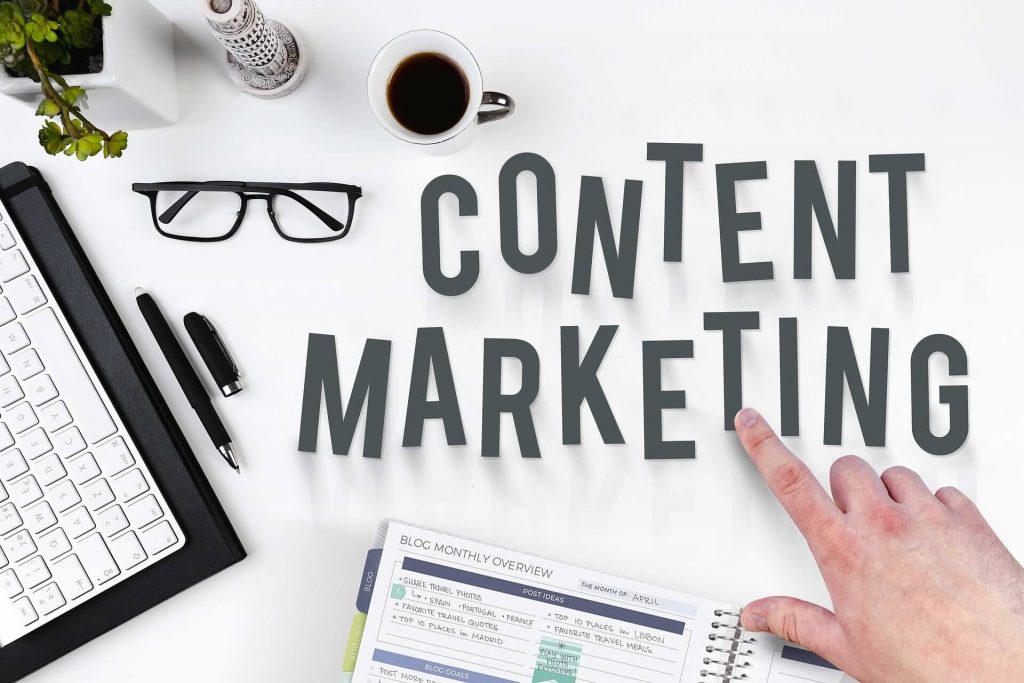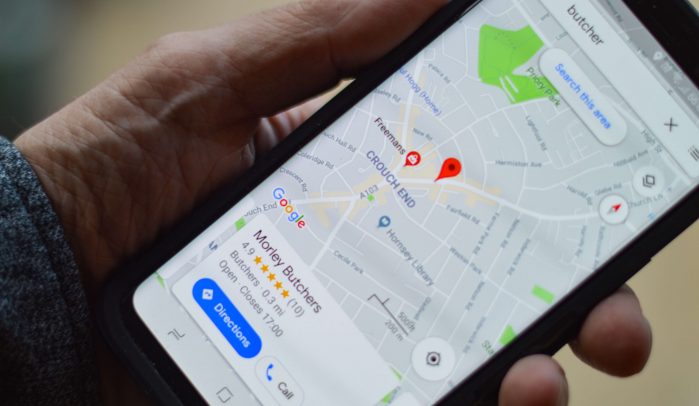UPDATED SEPTEMBER 23, 2023
Do you run a local business?
A local business is a business that gets the majority of its customers from the local area where it’s based. It could be anything from an independent café on a high street to a 24-hour plumber attending local plumbing emergencies.
If you run a business in your local area there are some handy ways to market your business online. By following Google’s guidelines and not violating its terms, you can increase your website’s authority and improve its ranking.
In this article, I’ll explain what you should be doing to market your business and what you should avoid.
Local marketing dos
Let’s start with the things you should be doing to market your local business.

Localise your own website
There are a number of ways you can localise your own website:
- Include the locations you serve as keywords in your web copy
- Add your business address, postcode and phone numbers to every page
- Put your service and location in your title tag.
Post your landline number
Google likes to see a landline number with an area code that matches your business address. It shows you’re more reputable and credible.
Get a Google Business Profile
A Google Business Profile is free to set up and will instantly improve the visibility of your business online.
When people search for your business name, your Google My Business listing will show up at the top of the page — even if your website isn’t ranking yet.
The listing will look something like this, with photos, a link to your website, your location and reviews. There are other things you can add too.

When you sign up, Google will send a code through the post to your business address. You must enter this code online to verify your account.
The Google Business Profile dashboard
Once your account is verified, you’ll have access to your Google Business Profile dashboard, where you’ll be able to add all your business information. This will include:
- Your business name, which should be exactly as it is, with no keywords or other words added to it
- Your business category, which you can choose from Google’s list
- Your business description, where you can describe your business in 750 characters
- The date your business opened, which is a good indicator of your longevity and experience
- Your contact information, including your landline with the local area code if you have one
- Links to your social profiles
- Your business location, if you run a business where your customers visit you
- Your service areas, which you can set to United Kingdom or list the specific cities or counties you serve
- Your opening hours, with the days and times your business runs
- Your products/services, which can include keywords for SEO
- Highlighted products with an option to buy online
- A link to your appointments page if your customers can make appointments online
- Questions and answers, which you can fill in like an FAQ page
- Relevant photographs and videos.
It’s a good idea to make the most of your listing and update it regularly by adding photographs, videos, events, offers, new products etc.
The Google Map Pack
If you’ve done a local search on Google, you may have noticed what’s known as the Map Pack. It appears on the Search Engine Results Page (SERP) just under the sponsored results and it looks like this:

The Map Pack is a good place for your website to be because it always appears higher than the top organic rankings — either at the top of the SERP or underneath the sponsored results.
But there are only three organic spaces in the Map Pack, so your Google Business Profile and other online marketing will have to prove to Google that you deserve a space.
You can read more about the Map Pack here >>
Get a Bing Places for Business profile
Bing Places for Business is Bing’s version of Google My Business. It’s good to have a profile here, even if you don’t use Bing, because it will give you a credible listing for your business. The more credible listings your business has online, the better.
Get an Apple Maps listing
Apple Maps is another good place to get a credible business listing.
Get more local listings
You should take advantage of every free listing you can get… BUT listings must be from reputable sites that are run by humans and that aren’t covered in spammy advertising.
For example, you can get free listings on sites like Yell.com.
BrightLocal.com has a list of all the top places to get local listings for your business. This is a paid-for service, but there’s a free 14-day trial to get you started.
Be consistent when posting listings
Your business name and details should be identical everywhere they appear online, including your own website. So make sure you’re using the exact same:
- Business name, phone numbers and postal address
- Punctuation and spacing in your address
- Spacing in your phone numbers
- Full words or abbreviations e.g. Limited or Ltd / Road or Rd.
Ask for reviews
It’s a good idea to have reviews on your listing. So, if a customer has been happy with your work, always ask them if they would like to leave you a review — and make it easy for them by sending the link where they can post it.
Bad reviews happen sometimes. If you get one, make sure you respond to it, but do so professionally and respectfully — I wrote this post specifically on how to deal with negative reviews. If you know you have a negative review, aim to to balance it out with lots of good ones.
It’s a good idea to respond to all your reviews — whether they’re good or bad. Businesses that respond to their reviews typically get 12% more reviews than those that don’t.
Local marketing don’ts

Don’t duplicate location content on your website
I’ve seen a number of business websites that have a separate page for each location they serve — and those pages are all identical apart from the location name.
This is a bad idea because those pages will likely count as duplicate content, which means they won’t rank.
Beware of using virtual offices
Google wants your office to be a physical location with employees on site. Using virtual offices in popular locations goes against its terms.
If you’re caught doing this, you could have your virtual office(s) and your main office struck off Google’s rankings, which means you’ll have to start again from scratch.
Never pay for listings
Some sites will want to charge you for posting your business listing. But it’s safe to say that whatever the charge is, the link won’t be worth the price.
Don’t add to your company name
Some businesses have added SEO keywords to the end of their company name on their Google Business Profile.
For example, Company Name Limited might become Company Name Limited Online Marketing.
This might seem like a good idea, but it goes against Google’s terms and you could be penalised.
Do you need more customers for your local business?
I’m Jenny Lucas, a freelance copywriter and content writer based in Leicester, UK.
I specialise in writing SEO-optimised web copy that helps websites get found on Google. And I’ve had particular success with ranking websites for local businesses.
You can find out more about me and my work on my main website or by getting in touch.

You might also like…



